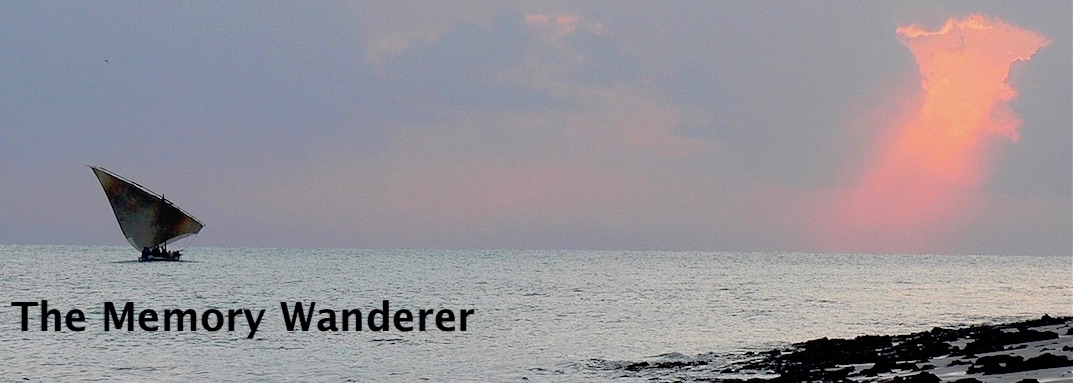Friday, July 30, 2021
July Dragons & Damsels
Thursday, July 29, 2021
A Crisis?

Wednesday, July 28, 2021
'Hunter's Tracks'
 I'm back reading another of the books that's followed me round all these years. It's the second book written by JA Hunter, an aptly named Scots white hunter who's first book, 'African Hunter', I wrote about here. This is a rather better-written book - he had a writer to help him - but is full of the sort of African adventure stories which I so loved.
I'm back reading another of the books that's followed me round all these years. It's the second book written by JA Hunter, an aptly named Scots white hunter who's first book, 'African Hunter', I wrote about here. This is a rather better-written book - he had a writer to help him - but is full of the sort of African adventure stories which I so loved.
I cannot remember who we were spending Christmas with but the chances are that it was my Aunt Noel in London.
It's a very dated book so one has to read it in the context of its time. So, for example, on the one hand Hunter writes so admiringly and so knowledgably of the elephants, then on the next page he's out at night with someone holding a torch while........he shoots half a dozen which have been marauding a farm belonging to a friend of his. Sadly, this was his job as the Kenya Game Department employed him as a control officer, which meant he shot animals which were either causing trouble or to clear them from areas designated for farming.It's dated in other ways. He describes the vast numbers of animals which inhabited the plains of Kenya and refers to the magnificence of Kilimanjaro, but look at its snow-capped summit in this picture compared to........how we saw it from a 'plane a few years ago.Tuesday, July 27, 2021
A Painted Lady

Monday, July 26, 2021
July Fungi
This one was found in Beinn Bhraggie Woods and is fairly certainly identified as a bolete from the cap formed of pores rather than gills, as in a mushroom. Which of the many boletes it is proves far more difficult.
This large fungus would have been very easy to identify if it had been a rather more brilliant sulphurous yellow, in which case the identification of chicken of the woods, Laetiporus sulphureus, would have been almost certain. As its name suggests, however unappetising it looks, it's cooked as a vegetarian alternative to chicken.
Sunday, July 25, 2021
Walking with Oystercatchers
Usually when we approach oystercatchers along a beach they, rather reluctantly, take off when we come uncomfortably near, often landing a little further along the beach or behind us, but today at Littleferry, as we approached this small group of six, one of them....
I have no idea what prompted this extraordinary behaviour, though I note that both the birds which came close to us had been ringed and that they were young. Have these birds been reared and released along the beach? What I do hope is that it's not that they are desperately hungry.
There were few other birds along the beach, with the exception of the usual convocations of gulls, another, larger, group of oystercatchers, and a noisy collection of terns, above. I still haven't been able to get close enough to take see what species they are but we didn't have this many along the coast last year.Inland from the beach the links are desperately dry, some of the plants showing considerable distress. One of the few species which seems to tolerate lack of water is........the Scottish bluebell, which is out in numbers in the long grass, though....Friday, July 23, 2021
Duchary Rock
Every now and then, through the haar rolling in off the sea, we had glimpses of Loch Brora, an elongate loch divided into four sections by sediment brought down by the burns draining the surrounding hills.
....there are the broken walls of what was once a quite substantial hill fort.

Thursday, July 22, 2021
Loch Lunndaidh
....heath spotted orchids, most almost white, only the second colony of these delicate flowers we've found in the Golspie area. We also stumbled across....
....two of Britain's three species off sundew, the round-leaved one at bottom right and one with longer leaves at left. There are two long-leaved species but distinguishing them is beyond my capabilities.
Tuesday, July 20, 2021
Birds Along the Waterline
....half-a-dozen young ringed plovers, far more than we expected, so the few nests seem to have had a good year.





















































